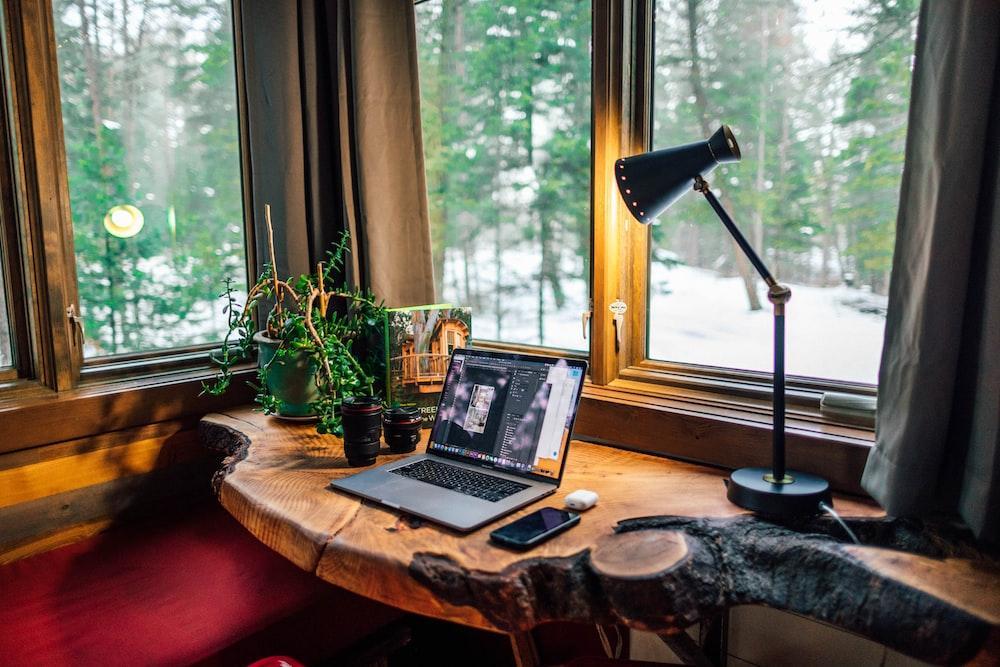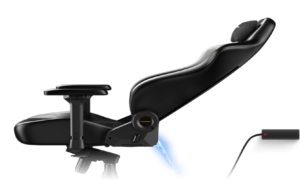Renewable energy is becoming increasingly popular throughout the world and not without reason. Despite the denial and skepticism of select groups, global warming is a real and daunting threat, as per studies and research conducted by scientific organizations around the world, including NASA.
As an increasing number of people start comprehending and accepting the reality of climate change, they are looking to do their bit to minimize, slow down, or even reverse its short- and long-term consequences for the planet and the life that inhabits it.
Naturally, it is a challenging – and often unfeasible task – to transition your entire property from nuclear or fossil-extracted energy into one driven by renewable sources like wind, hydro, and/or solar. That said, you can always take a less drastic approach by getting a portable solar panel to power your home office.
How to Use Portable Solar Panels to Power Your Home Office
Choose a Space
Now is the moment to select a room or space as your home office, if you do not already have one. If you do not have a dedicated space, you can set up your home office in your basement or shed.
Calculate Your Power Requirements
Your home’s total annual electricity consumption must be calculated before you can purchase a portable solar power system.
This calculation is fairly simple to perform. You should make a list of all the office equipment you will require electricity for, including your laptop, printer, and internet connection. Once you know how many hours a day these machines operate, add that number to the total. You can find out how long your electric devices may be used for and how much power they use by looking at the chart of specifications that comes with each one.
Multiply the amount of time an appliance is used by its wattage rating to get the ‘Watt-Hour’. Repeat this process for each device or appliance you wish to calculate the overall watt-hour usage for.
Get the Equipment
Once you have calculated your power consumption needs, you can get down to selecting a portable solar panel system capable of fulfilling those requirements.
Portable solar panels mean you can easily set up your solar power system even in limited spaces and leverage the power of the sun to fulfill your home office’s electricity needs. A typical solar panel system will comprise the following components:
- Solar panels
- Inverter
- Battery
- Charge controller
- Wires
Charge Your Battery
The main drawback of solar energy is that it cannot be used after dark. However, thanks to portable solar battery packs, this is no longer an issue. Energy from the sun is stored in a lead-acid or lithium-ion battery during the day and released at night. If you choose the right battery capacity, you’ll have a constant flow of power.
You will also need a charge controller to monitor the amount of power going into the battery and to keep the battery from overcharging. These controllers are usually attached between the battery and the panels. A charge controller helps effectively charge the battery, and often comes with an LED light displaying the battery’s charging percentage or status.
Set Up Your Inverter
The electricity generated by solar panels is direct current (DC), whereas most electrical equipment operates on alternating current (AC). An inverter comes in handy because it enables the use of conventional electrical appliances without the need for special voltage converters.
Pure sine wave, modified sine wave, and square wave inverters are just some of the many available inverters. While the output of a modified sine wave works well for most devices and gadgets, a square wave inverter is less likely to be compatible. Generally, pure sine wave inverters tend to be the best choice for home portable solar power setups.
Connect the Battery to the Solar Panels
The solar panels and the battery need to be linked. Generally, solar panels and the battery are part of a complete portable solar kit, thereby saving users the hassle of buying the two components separately.
If you do not buy the panel and battery as a single unit, you may need to set up parallel or series connections. Connecting devices in parallel requires connecting the negative terminals of each device in turn. A parallel connection, meanwhile, is created by connecting the positive terminal of one device to the negative terminal of another.
Benefits of a Solar-Powered Home Office
Renewable Energy
Let’s begin with the most self-evident point: solar power is one of the few completely renewable energy options available today. Scientists believe the sun has at least another 5 billion years of energy to burn, making sunlight a pretty much limitless source of power.
Portable solar panels offer a reliable energy source, as long as your residence receives at least some sunlight every day.
Reduction in Energy Bills
By producing electricity locally, you can reduce your reliance on the grid and conventional utility providers. Simply put, your savings will directly correlate to the amount of energy you generate. But how much will depend on the system’s dimensions and your typical consumption patterns.
That said, it is very much possible to save hundreds – if not thousands – of dollars with portable solar panels.
Environmental Impact
Solar panels’ capacity to generate electricity without contributing to pollution or global warming makes them a popular choice among those concerned about the environment.
Also, since portable solar panels make absolutely no noise, they can be a viable option for people living in even the most densely populated regions.
Wrapping Up
To sum up, using portable solar panels to cover at least part of your home office’s electricity needs is a great way to save money while playing your part in preserving the environment.
If you were looking to set up a portable solar power system for your home office, we hope that this guide armed you with the information you needed to take action.



































